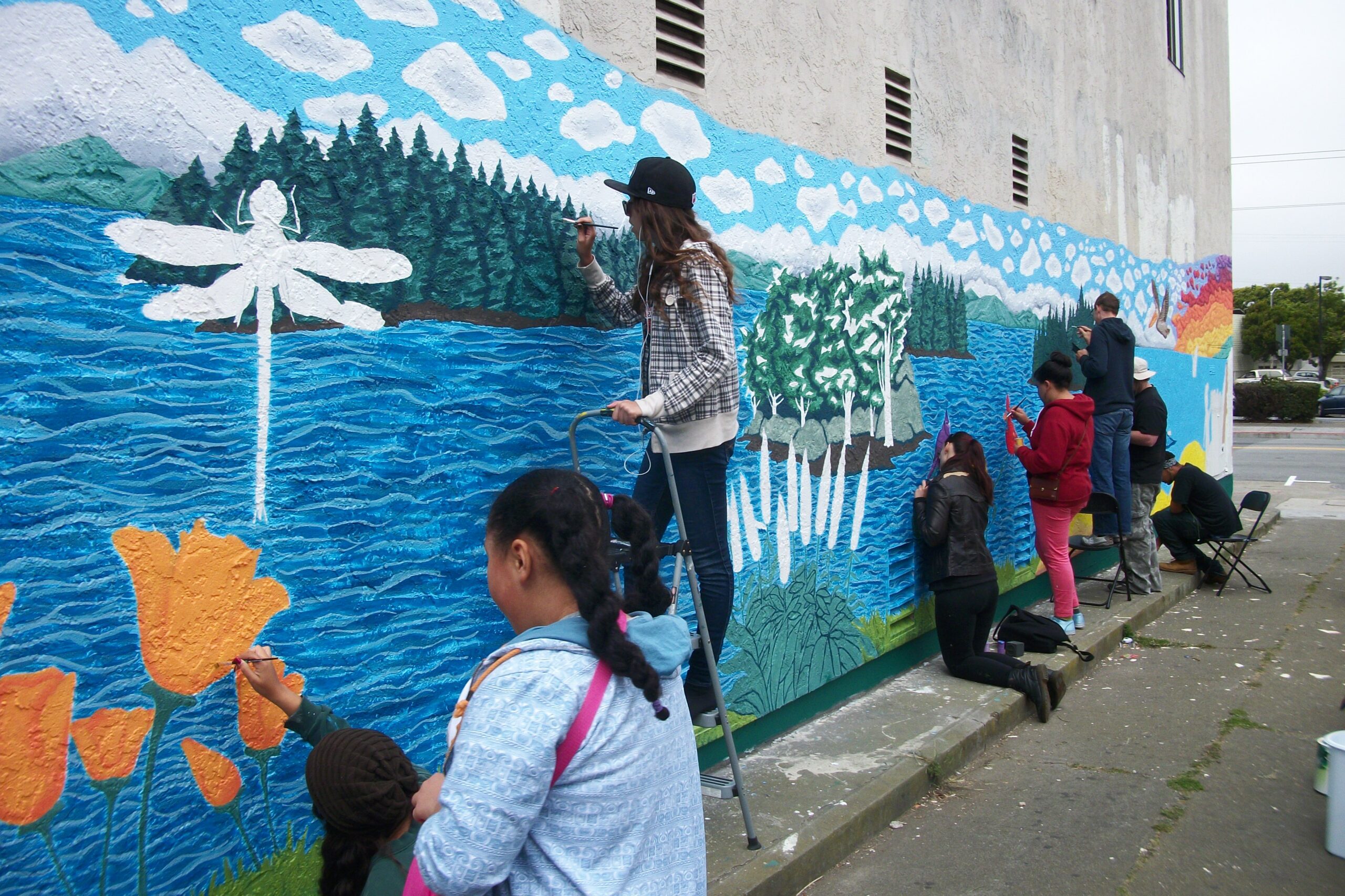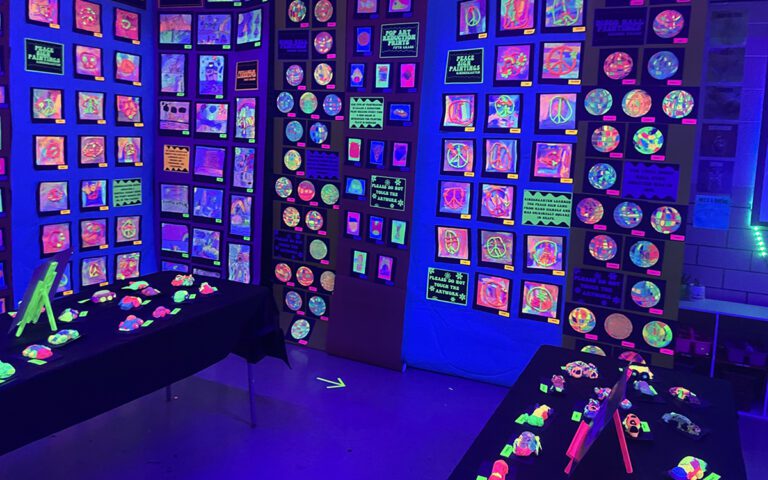Artist educators are natural leaders. We thrive on creativity, work ethic, and making big things happen. It is essential that we take the artistic gifts we have and use them in some role of leadership. Leadership can take multiple forms. We can teach a leadership class, form clubs, or create opportunities with students to improve our communities.
Our students need the power of the arts now more than ever. Some of us already take on leadership roles, while others are at capacity when it comes to responsibilities. But we can always look for ways to push ourselves to take creative leadership to the next level. As artist educators, we have the power to amplify the heart and soul of our schools and our students.
Creating School Events
School events help build community and strengthen relationships. They are often performances that lend themselves to developing the creative process. Here are some ideas for school related events.
Lip Dub
A lip dub is an all-school music video with lip syncing. A leader plans the route, organizes, and coordinates the lip syncing students who are in front of the camera. Planning a lip dub is a lot of hard work, but the reward is worth it. An event like this unites the entire school. It gives students opportunities to develop a dance, theme, or scene for when that camera goes by. The entire school becomes one creative team where the finished product will be online for all to see. Finished lip dub films can then be shown at an assembly, used for other recruitment events, and viewed by students any other time. Art teachers have both the materials and creative genius to make powerful leaders for events like a lip dub. Check out this link to a lip dub led completely by the digital media teacher and myself as the visual arts teacher.
Assemblies
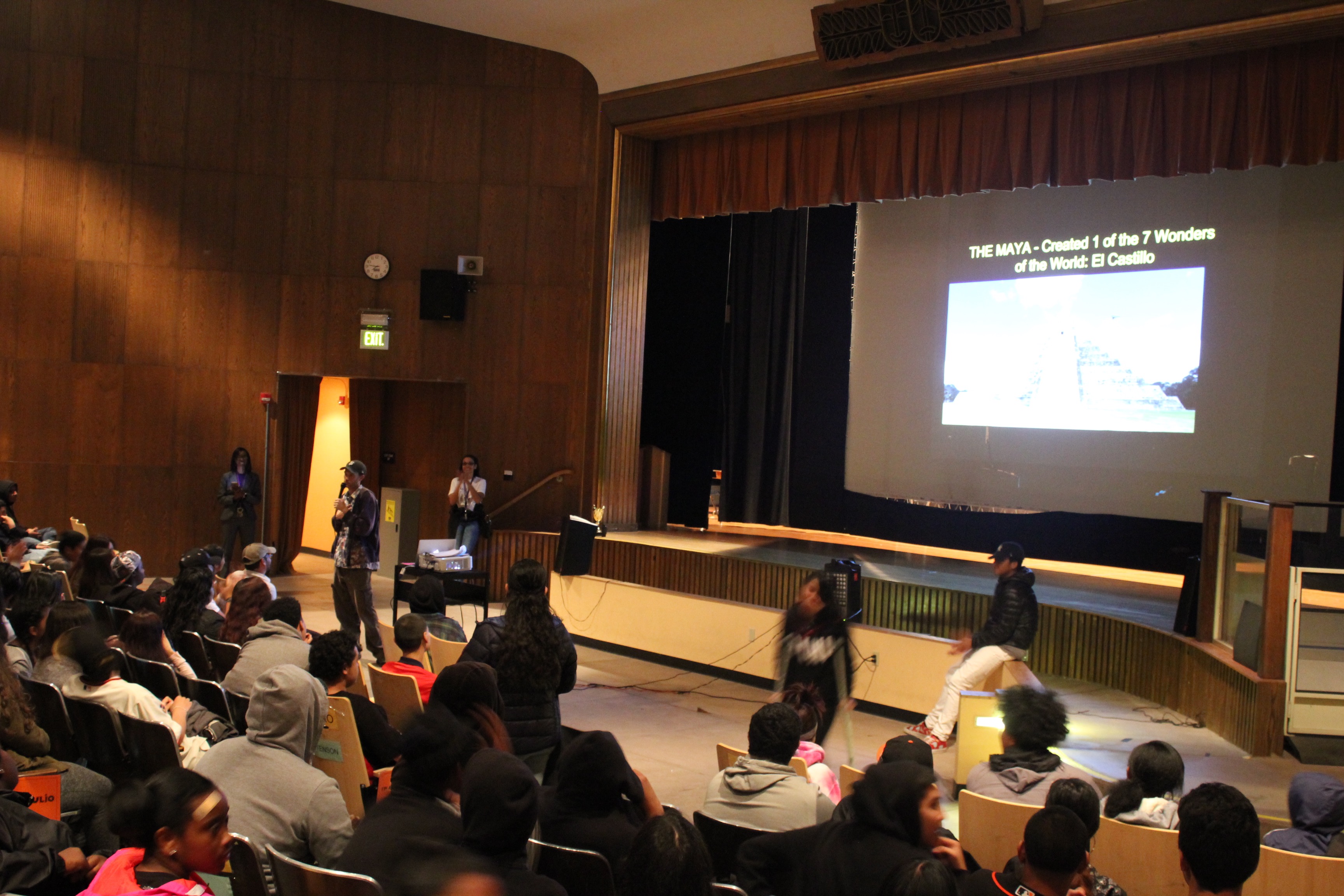
Assemblies are another leadership opportunity. Essentially, an assembly is a performance; it should be seen through a creative lens. You might plan the entire assembly or supplement an administration’s vision with your artistic influence. Who has the creative and collaborative skills to make it dynamic, entertaining, and profound? Artist educators do! We can tap into student poets, digital arts showcases, musicians, and dancers to unveil new works or lively hosts to run the show.
Talent Shows
Students are loaded with unique talents. One way to showcase all of your student body’s skills is to put together a talent show. Singers, poets, jugglers, musicians, dancers, and acts of all kinds will come out for all to see. Hold some auditions and see how much talent your school has to offer!
Dances
School dances are a mosaic of the arts in one major event. Between the music, the decoration, and the culinary experience, dances are begging for artistic collaboration. Visual art teachers lead students to create compelling scenery and props. Digital media teachers lead students to create dazzling digital imagery to energize the dance. Music, drama, and dance teachers organize a surprise performance to light up the party. Culinary art teachers lead a thematic unit to get the dance some high-quality food. Most students love going to dances, and artist educators have a distinct leadership role in making dances dynamic and memorable.
Random Hype Events
Sometimes a student body needs a random event to stimulate their academic experience. Whether it is a portable wall project for students to draw and write their dreams or a school-wide scavenger hunt for simple prizes, artist educators have the skill sets to develop random events. Take a few key students and brainstorm an event that can liven up the school. Incredible ideas will emerge. Artist educators have the means, materials, and methods for making creative, fun things happen.
Creating Community Events
Community events include not only students and staff, but all stakeholders in the education and well-being of our kids. These events can take place during the week, on the weekend, or in summer. Here are some events artist educators can lead.
Murals
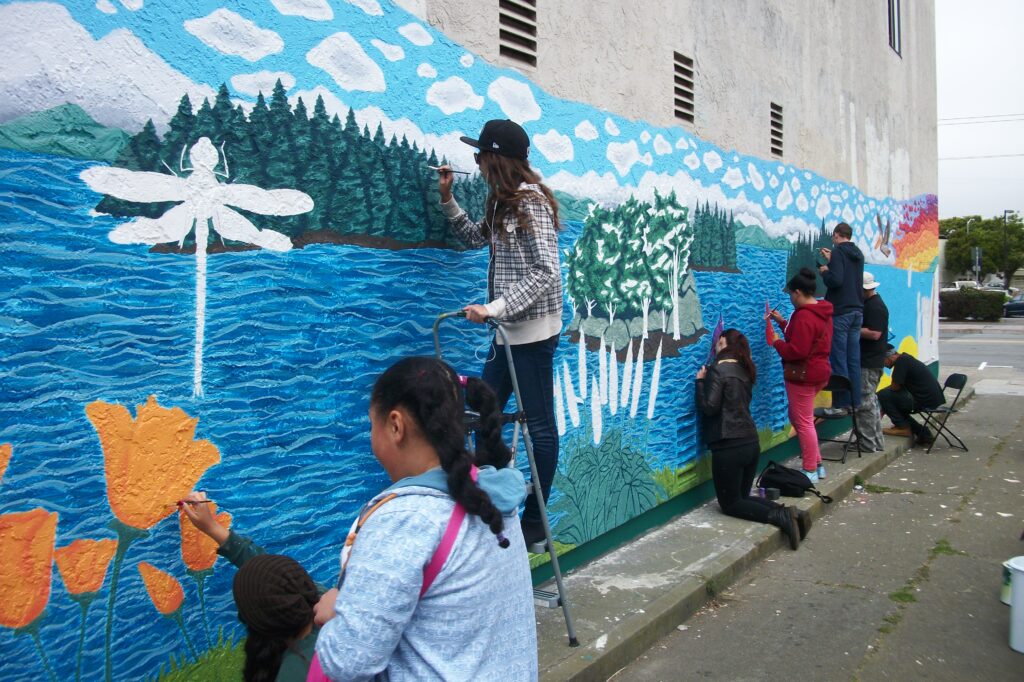
Creating a community mural is a profound experience. The mural wall could be at the school or in the neighborhood. Murals naturally encourage collaboration, from the theme and ideas to the imagery for the composition. As an artist educator and leader, you can spend the entire year preparing for a community mural event. Summer is a fantastic time to execute the actual mural painting. Invite students, parents, and residents to join each part of the process.
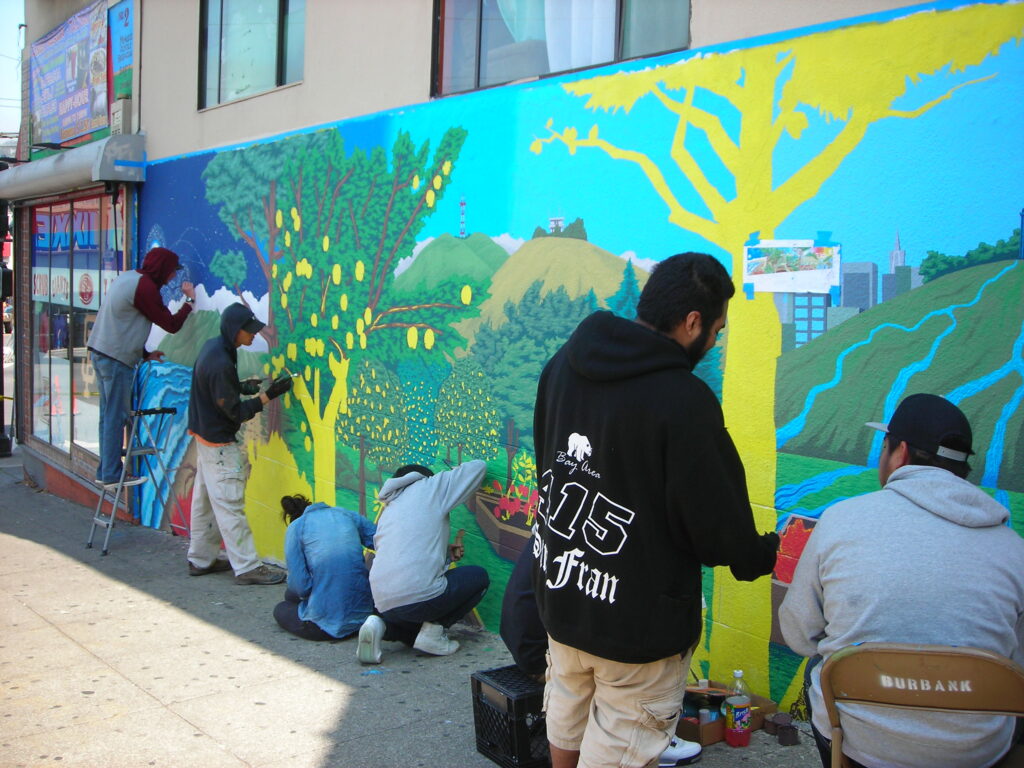
Performances
Join forces with all of the artist educators at your school and have a performance night! Digital media arts can have a film festival. Dance programs can perform. Drama can run some theater. Poets can speak their word. Visual artists can have a gallery on display. Musicians can get the groove going. Invite parents and community members to come together and celebrate the creative, artistic magic students have inside.
Workshops
Some adults pay to go to painting parties where they drink wine and paint together. Use that desire for the arts and get adults and students to work together! Workshops can be two or three-hour sessions in drawing, painting, sculpting, dancing, photography, or any art form you are passionate about. Providing opportunities for adults to do creative work alongside the youth is going to empower everyone.
How creative can we be? As artist educators and school leaders, there is no limit to our creative potential. We all face barriers, whether they come in the form of workload, budget, or personal life issues. We can use our gifts to reach students in our art classes as an essential first step. But we can also push ourselves to see ways to continue to elevate the individual and collective experience together through the arts. We need to see ourselves as artist educator leaders.
What types of leadership roles have you taken at your school?
What questions, ideas, or reactions come to mind after reading this article?
Magazine articles and podcasts are opinions of professional education contributors and do not necessarily represent the position of the Art of Education University (AOEU) or its academic offerings. Contributors use terms in the way they are most often talked about in the scope of their educational experiences.
